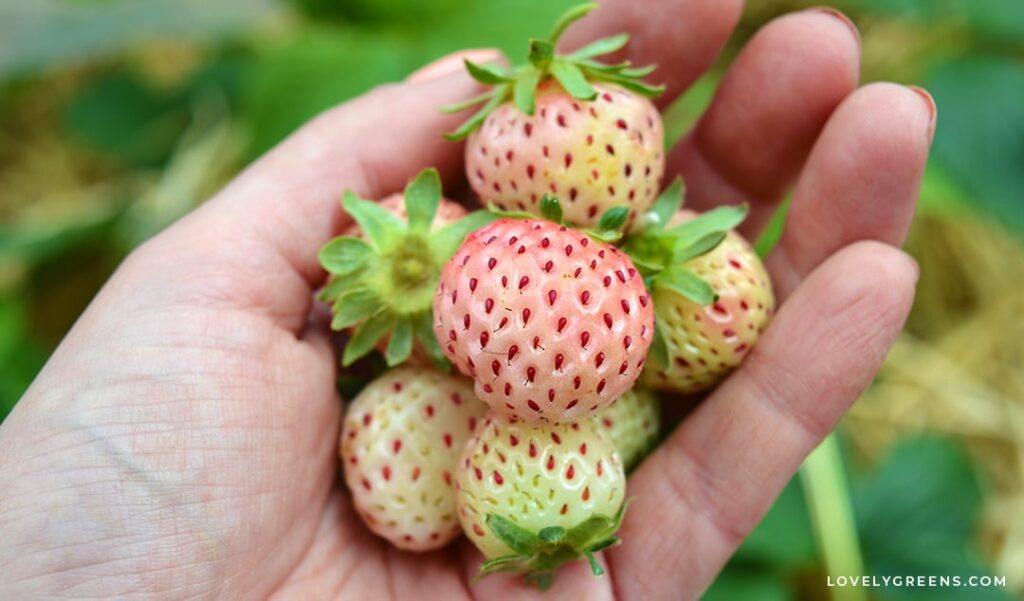
Are Strawberries Citrus Fruits? Unveiling the Botanical Truth
The question, “Are strawberries citrus?” often pops up, sparking curiosity and sometimes confusion. While both strawberries and citrus fruits are beloved for their refreshing flavors and nutritional benefits, they belong to entirely different botanical families. This article will delve into the characteristics of each, exploring their origins, growing conditions, and key differences to definitively answer whether strawberries are citrus fruits.
Defining Citrus Fruits
To understand why strawberries are not citrus, we must first define what constitutes a citrus fruit. Citrus fruits belong to the Rutaceae family, specifically the genus Citrus. Common examples include oranges, lemons, grapefruits, limes, and mandarins. These fruits are typically characterized by their leathery rind (peel) containing oil glands, segmented juicy flesh, and a distinctive acidic flavor. They thrive in subtropical and tropical climates and are known for their high vitamin C content.
- Botanical Family: Rutaceae
- Genus: Citrus
- Key Characteristics: Leathery rind, segmented juicy flesh, acidic flavor, high vitamin C content
- Examples: Oranges, lemons, grapefruits, limes
The Strawberry’s Story: A Rosy Tale
In stark contrast to citrus, strawberries belong to the Rosaceae family, which also includes roses, apples, and raspberries. The strawberry plant (Fragaria spp.) produces aggregate accessory fruits. This means that the fleshy part we enjoy isn’t actually the fruit in the botanical sense. The true fruits are the tiny “seeds” on the surface, known as achenes. Strawberries are typically grown in temperate regions and are prized for their sweet taste and vibrant red color. They are also a good source of vitamin C, antioxidants, and fiber.
- Botanical Family: Rosaceae
- Genus: Fragaria
- Key Characteristics: Aggregate accessory fruit, achenes (seeds) on the surface, sweet taste, vibrant red color
- Examples: Various strawberry cultivars (e.g., Chandler, Albion)
Key Differences Between Strawberries and Citrus Fruits
The differences between strawberries and citrus fruits extend beyond their botanical classification. Let’s examine some crucial distinctions:
Botanical Structure
As mentioned earlier, citrus fruits are berries with a distinct rind and segmented flesh. Strawberries, on the other hand, are aggregate accessory fruits. This fundamental difference in structure clearly separates them.
Growing Conditions
Citrus fruits generally require warm, subtropical or tropical climates with plenty of sunshine. Strawberries are more adaptable and can be grown in cooler, temperate regions. This difference in climate preference reflects their distinct botanical origins.
Flavor Profile
Citrus fruits are known for their acidic and often tart flavor, which comes from citric acid. While strawberries do have a slight acidity, their dominant flavor is sweet, thanks to their high sugar content. This difference in taste is a key distinguishing factor.
Nutritional Composition
Both strawberries and citrus fruits are rich in vitamin C. However, their overall nutritional profiles differ. Citrus fruits are often higher in certain vitamins and minerals, while strawberries are a good source of antioxidants and fiber.
Addressing Common Misconceptions
The confusion around whether strawberries are citrus fruits might stem from a few factors. Both fruits are often found in the produce section of grocery stores and are used in similar culinary applications, such as desserts and beverages. Additionally, both are known for their vitamin C content, leading some to assume a closer relationship than exists.
However, understanding the botanical classifications and key differences outlined above clarifies that strawberries are definitively not citrus fruits.
The Importance of Botanical Classification
While it might seem like a minor detail, understanding botanical classifications is crucial for several reasons. It helps us appreciate the diversity of the plant kingdom, understand the evolutionary relationships between different species, and make informed decisions about agriculture and horticulture. For example, knowing that strawberries belong to the Rosaceae family allows us to better understand their susceptibility to certain diseases and pests common to other members of that family, such as roses and apples. Similarly, understanding the specific needs of citrus fruits helps farmers optimize their growing conditions for maximum yield and quality.
Culinary Uses of Strawberries and Citrus Fruits
Despite their botanical differences, both strawberries and citrus fruits are incredibly versatile in the culinary world. Citrus fruits are used in juices, marmalades, desserts, and savory dishes. They provide a tangy and refreshing flavor. Strawberries are commonly used in jams, pies, cakes, smoothies, and eaten fresh. Their sweetness and vibrant color make them a popular ingredient in many recipes. Both can be used to make refreshing beverages, like strawberry lemonade, though the base ingredient that defines the drink changes. [See also: Recipes with Strawberries]
Health Benefits of Strawberries and Citrus Fruits
Both strawberries and citrus fruits offer numerous health benefits. Strawberries are packed with antioxidants, which help protect the body against damage from free radicals. They are also a good source of vitamin C, manganese, and fiber. Citrus fruits are well-known for their high vitamin C content, which supports immune function. They also contain other beneficial compounds, such as flavonoids and limonoids, which have antioxidant and anti-inflammatory properties. Including both strawberries and citrus fruits in your diet can contribute to overall health and well-being. [See also: Health Benefits of Strawberries]
Conclusion: Strawberries Stand Apart
In conclusion, while strawberries and citrus fruits share some similarities in terms of their nutritional value and culinary uses, they are fundamentally different from a botanical perspective. Strawberries belong to the Rosaceae family and are aggregate accessory fruits, while citrus fruits belong to the Rutaceae family and are berries with a distinct rind and segmented flesh. The answer to the question, “Are strawberries citrus?” is a resounding no. Understanding these differences allows us to appreciate the unique characteristics of each fruit and make informed choices about our diet and gardening practices. So, next time you enjoy a juicy strawberry or a refreshing glass of orange juice, remember the fascinating botanical stories behind these delicious fruits. [See also: Growing Strawberries at Home]
